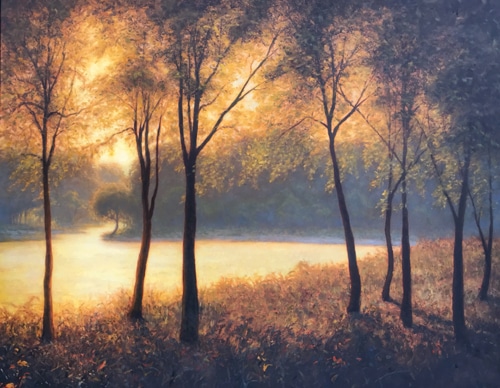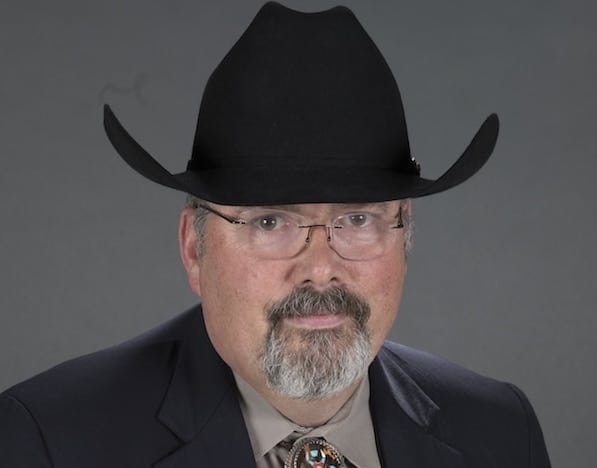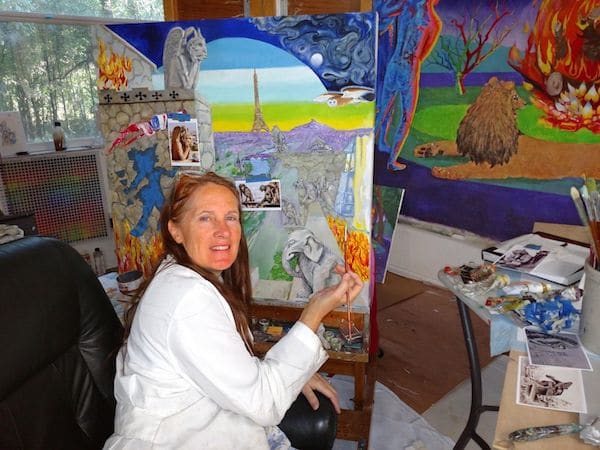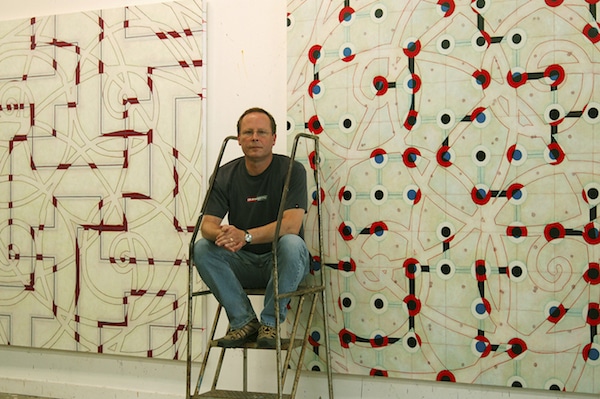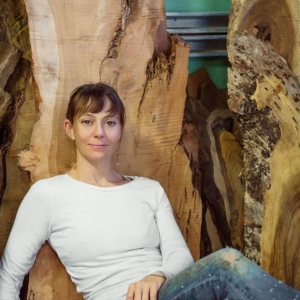 2017 Accelerator Fellow
2017 Accelerator Fellow
Where did you grow up?
My dad was a fighter pilot for the US Air Force. I was born in the States, but I spent my childhood in Europe and Australia.
When/how did you first know that you wanted to be an artist?
I didn’t. It was simply what I did all the time as a child and adult.
Where do you currently live/work, and how would you describe the arts community there?
I live in Lanikai, a little subdivision of Kailua, on the Hawaiian island of Oahu. It is considered by many to be one of the most stunning beaches in America. It’s so beautiful and inspiring that I rarely focus on the art in Kailua town! It is a tourist town for the Japanese and snowbirds from the States, so most of the art here caters to tourists. Much of it is in the so-called Hawaiiana style–celebrating the beach, ocean, sunshine, and surf culture. Even though I live in a small town, all of the Island feels like my home. The art scene in Honolulu is thriving and is much more experimental–edgier and more playful–street art and pop culture.
How would you describe your art to someone who’s never seen it?
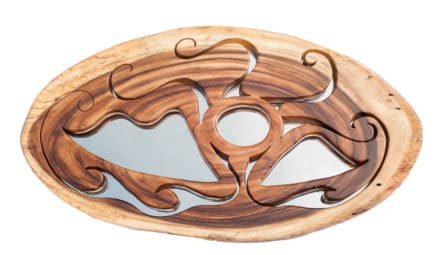
I make mirrors that are both functional and decorative out of local tropical hardwoods, which I sculpt and shape by hand. My mirrors promote an interconnectedness of the earthy wood, flowing shapes, and the viewer’s own image.
What do you hope to communicate to your audience?
I seek to share the glory of the natural world, and I’m specifically inspired by where I live in Hawaii. My work is a visual reminder, for myself, that I am part of this glory and beauty—that my essential nature is this, and yours is, too. It’s that feeling one gets being in these environments, and the symbols that resonate here and in other cultures, too.
The mirrors are intentional. They add depth to the sculptural aspects of my work and bring light into my pieces and each environment in which they end up. Mirrors have played a transformative roll in my life on two occasions: the first time was when my mother encouraged me to do mirror work for self acceptance, and that experience was later reinforced by a spiritual teacher who used mirrors to help me break negative patterns.
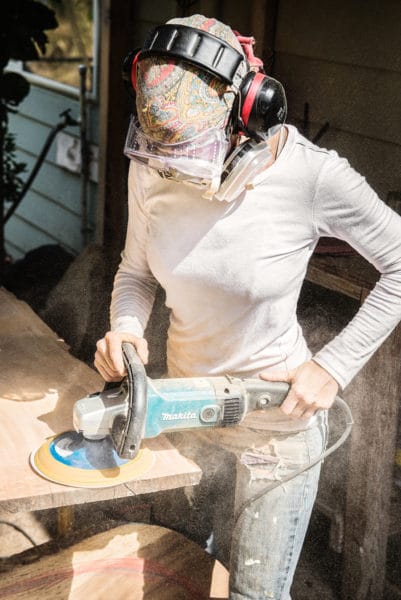
What’s been your biggest business challenge?
The work I create is physically demanding. I do burn out easily making lots of lower-end items that will sell, so I’d rather put my energy into the more refined unique pieces that have greater value and can carry a higher price tag.
Tell us about a business success and what you did to achieve it.
When I began doing woodworking and making mirrors, a business analyst told me that it takes a small business at least three years to really get going and prove that it can be viable over the long term. I decided that if I wanted my art to be my career, I would give it my full attention—physically, mentally, emotionally, spiritually, and financially—for three years; if I were unable to make a profit from it by that point, I would change career paths. When I reached the three-year mark, over the weekend of July 15, 2016, I was attending the Haleiwa Arts Festival, which is the largest outdoor art event on Oahu. It was a huge milestone for me, because I realized that I was earning a full-time living from my art, and creating work I never thought I possible before.
How do you feel about today’s technology (tools for your business, for creating your art, or both), and has it altered your way of doing business?
Technology is just another tool I use to promote my work—to get it seen all over the world without having to pay for advertising. As for creating my art, it’s less of a factor. Tool technology changes but I’m pretty old-school in my approach; I using a jigsaw and hand sanders.
What do you think about the state of today’s art market?
I have no opinion, really. All I know is that if I continue to improve my product, increase my self-confidence, and put my work in front of my ideal audience, then I will thrive, regardless of whether the market is thriving or tanking.
Give us an example of how you balance studio time with business time.

Once or twice a day, I set aside time in the studio to respond to clients, post to social media, and other business tasks. I typically spend one morning and two afternoons per week at home focusing on bookkeeping, applying for positions, and responding to customers.
How have you evolved as an artist?
I have an insatiable desire to improve in all that I do. The art I make went from sculpting in mud puddles, attending art classes in high school, and earning a ceramics degree in college, to illustrating artifacts for archeologists, owning a bakery (which was sculpting out of dough), and becoming a self-taught woodworker. I feel like I’ve only just begun to explore the possibilities.
How have you evolved as an entrepreneur?
Over the past four years, I have evolved exponentially. I saw that if I wanted to eat and have a decent place to sleep, then running a solid business was necessary to building a career as a professional artist. I had no business training, but I started reading books on art business; taking online business courses (thank you, Marie Forleo and B-School!); finding mentors within Oahu’s small business administration office to help me with display, sales, contracts, and negotiating; and joining a group of women crafters who also wanted to grow their businesses.
What role do artists play in our society? What role SHOULD they play?
Without artists, everyone would die of a broken heart. Art is everywhere—it’s part of everything we humans create. What role should artists play? Make more art. Be the courageous illuminators we were born to be. And break the myth of the starving artist by being a thriving one.
For more information on Nadia Fairlamb, see her official CHF bio.



